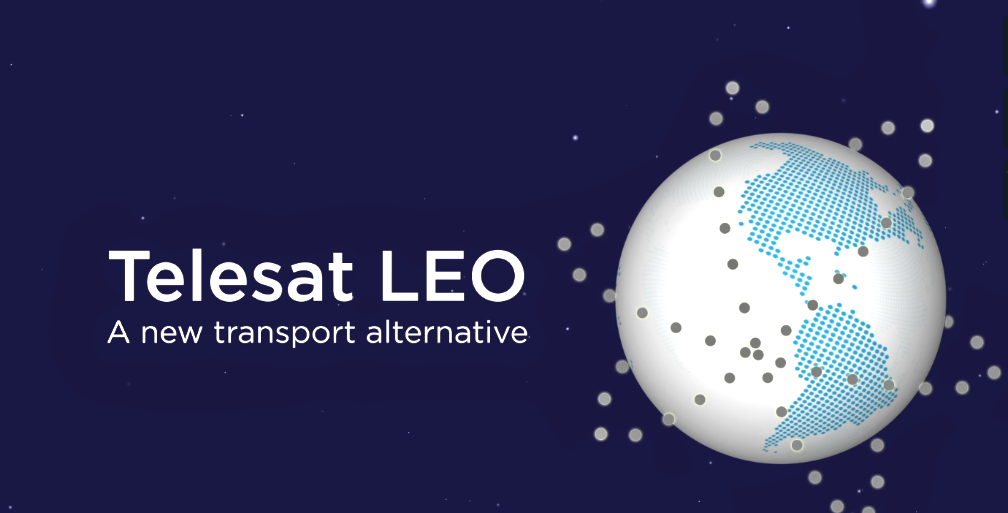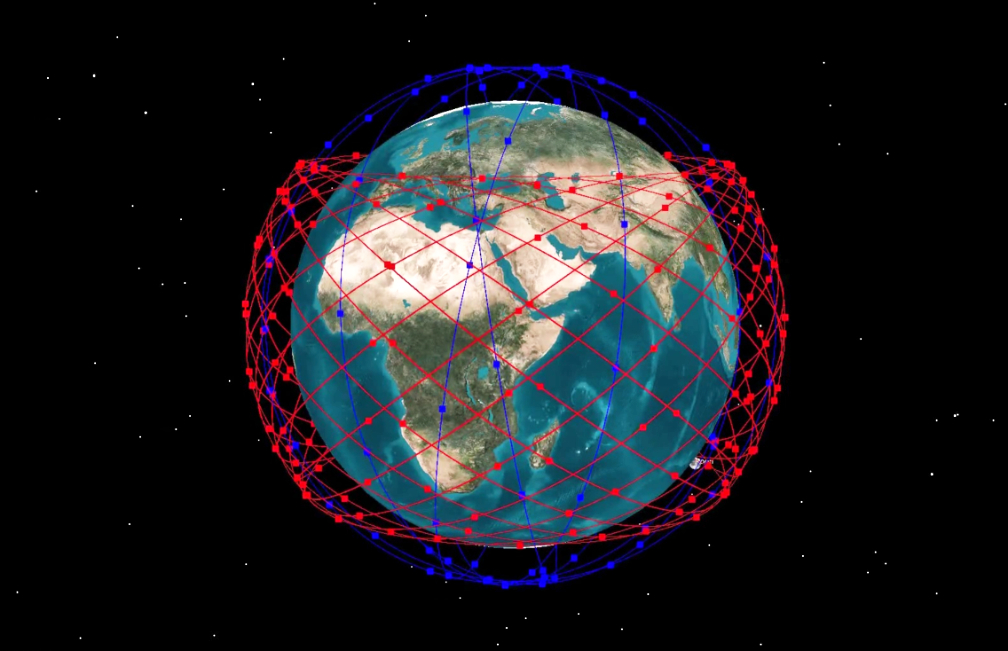
Nelco has entered into a cooperation agreement with Telesat — the firms will collaborate on terrestrial facilities, commercial distribution and regulatory frameworks to offer Telesat LEO satellite connectivity in India.

Telesat LEO is a next generation satellite constellation that leverages Telesat’s global, priority Ka-band spectrum rights and patent-pending architecture to fundamentally transform global communications. Telesat LEO will help close the digital divide in remote and challenging locations, accelerate 5G expansion, and set new levels of performance for enterprise, telecom, mobility and government broadband connectivity on land, air and sea. The Telesat LEO constellation will provide complete coverage of India and superior enterprise connectivity in the country, subject to the necessary regulatory clearances.
The availability of the Telesat LEO Network in India has the potential to provide significant benefits in areas like 4G/5G backhaul, mobile hotspots, distance education, telemedicine, village connectivity, as well as maritime and inflight connectivity.
The open architecture, compliant with the Metro Ethernet Forum standard, will simplify the integration of Telesat LEO services with enterprise networks, including Nelco infrastructure and service offerings. Acting as a virtual fibre network, Telesat LEO Layer 2 transport service can deliver hundreds of Mbps to a terminal.
The Telesat LEO satellites incorporate next-generation technologies, including:
- Data Processing in Space: Full digital modulation, demodulation, and data routing occurs in space, resulting in higher capacity and flexibility
- Phased Array Antennas: Sophisticated antennas on each satellite with hopping and reconfigurable beams scan the earth to provide full coverage and can dynamically focus capacity precisely where required
- Optical Inter-satellite Links: Data can travel at the speed of light from one satellite to another, resulting in a fully interconnected global mesh network in space.
Globally, the satellite communications industry has been growing at a rapid pace owing to advancements in technology, light touch regulations and an increase in Internet traffic demands. LEO satellites are poised to revolutionise the industry, and with the prospective opening of the space sector in India, Nelco, through its strategic relationship with Telesat, plans to serve new market segments and requirements for high-bandwidth, low latency applications with Telesat LEO connectivity.
Executive Comments
Speaking on this new development, Mr. P J Nath, MD and CEO of NELCO, said, “Considering the huge potential for Satcom services growth in the country in the coming years, we are continuously exploring the latest satellite technologies to bring better value to our customers and expand the market. We believe that our partnership with Telesat will help in bringing LEO satellites into the country, which has the potential to revolutionize connectivity in the future”.
“We are honored to collaborate with Nelco, a highly innovative and respected enterprise connectivity leader in India,” said Michael Schwartz, Telesat’s SVP, Corporate and Business Development. “Telesat LEO’s secure, high throughput, low-latency network will bring unsurpassed performance and flexibility for enterprise applications and extend the reach of terrestrial networks throughout India.”

